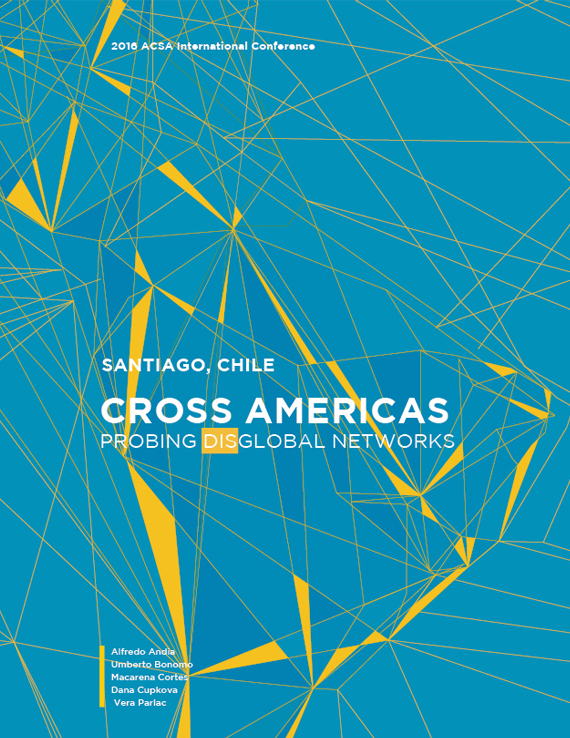Author(s): Marianela D'Aprile
When analyzing the state of Latin American cities, particularly large ones like Buenos Aires, São Paolo and Riode Janeiro, scholars of urbanism and sociology often lean heavily on the term “fragmentation.” Through the 1980s and 1990s, the term was quickly and widely adopted to describe the widespread state of abutment between seemingly disparate urban conditions that purportedly prevented Latin American cities from developing into cohesive wholes and instead produced cities in pieces, fragments. This term, “fragmentation,” along with the idea of a city composed of mismatching parts, was central to the conception of Buenos Aires by its citizens and immortalized by the fiction of Esteban Echeverría, Julio Cortázar and César Aira. The idea that Buenos Aires is composed of discrete parts has been used throughout its history to either proactively enable or retroactively justify planning decisions by governments on both ends of the political spectrum. The 1950s and 60s saw a series of governments whose priorities lay in controlling the many newcomers to the city via large housing projects. Aided by the perception of the city as fragmented, they were able to build monster-scale developments in the parts of the city that were seen as “apart.” Later, as neoliberal democracy replaced socialist and populist leadership, commercial centers in the center of the city were built as shrines to an idealized Parisian downtown, separate from the rest of the city. The observations by scholars of the city that Buenos Aires is composed of multiple discrete parts, whether they be physical, economic or social, is accurate. However, the issue here lies not in the accuracy of the assessment but in the word chosen to describe it. The word fragmentation implies that there was a “whole” at once point, a complete entity that could be then broken into pieces, fragments. Its current usage also implies that this is a natural process, out of the hands of both planners and inhabitants. Leaning on the work of Adrián Gorelik, Pedro Pírez and Marie-France Prévôt-Schapira, and utilizing popular fiction to supplement an understanding of the urban experience, I argue that fragmentation, more than a naturally occurring phenomenon, is a fabricated concept that has been used throughout the twentieth century and through today to make all kinds of urban planning projects possible.
https://doi.org/10.35483/ACSA.Intl.2016.22
Volume Editors
Alfredo Andia, Dana Cupkova, Macarena Cortes, Umberto Bonomo & Vera Parlac
ISBN
978-1-944214-10-4

 Study Architecture
Study Architecture  ProPEL
ProPEL 
